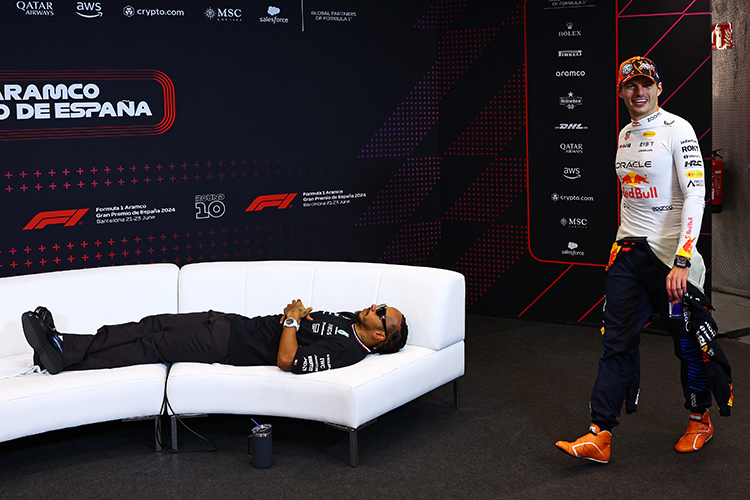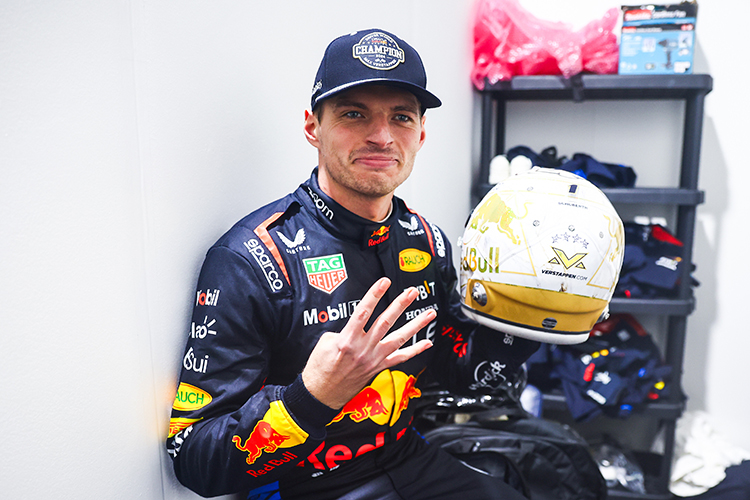What is the Highest G-Crash in Formula 1 History?

Formula 1 World Champions: A legacy of racing legends
What is the highest G crash in F1?
What is the highest G crash in Formula 1?
Discover the highest G-force crash in Formula 1 history. Learn about the forces drivers endure during crashes and how F1's safety measures protect drivers during extreme events.
Formula 1 racing is known for pushing the physical limits of drivers, subjecting them to extreme forces during high-speed crashes. Among the numerous accidents in F1’s storied history, some crashes stand out due to the sheer magnitude of the G-forces involved. The highest recorded G-force crash in Formula 1 occurred during the 2004 United States Grand Prix, where Ralf Schumacher endured a staggering 78 Gs. Despite the severity of the crash, Schumacher emerged with minor injuries, including two spinal fractures, demonstrating both the resilience of the human body and the effectiveness of modern safety technology.
The 2004 United States Grand Prix: Ralf Schumacher’s 78 G Crash
Ralf Schumacher’s crash at the 2004 United States Grand Prix remains one of the most extreme accidents in Formula 1 history. The collision, which occurred at high speed, subjected Schumacher to an incredible 78 Gs. Despite the violent impact, his survival with relatively minor injuries is a testament to the advances in safety technology, particularly the role of the car’s safety cell and the use of the HANS (Head and Neck Support) device, which protects drivers from neck injuries during high-impact crashes.
Other Notable High G-Crashes in F1
While Ralf Schumacher’s crash remains the highest in terms of G-force, several other incidents have also highlighted the extreme physical challenges faced by Formula 1 drivers.
Max Verstappen’s 51 G Crash at the 2021 British Grand Prix
At the 2021 British Grand Prix, Max Verstappen suffered a massive impact after a collision with Lewis Hamilton. His car crashed into the barriers at speeds of over 50 Gs. Remarkably, Verstappen emerged from the crash unscathed and continued to race in subsequent events, showcasing the effectiveness of modern safety features, including the advanced crash structures in F1 cars and the HANS device.
Romain Grosjean’s Miraculous Survival in the 2020 Bahrain Grand Prix
One of the most dramatic accidents in recent F1 history took place during the 2020 Bahrain Grand Prix when Romain Grosjean’s car split in two after crashing into the barriers, causing a massive fireball. Grosjean endured a terrifying 67 Gs during the crash but, thanks to the Halo device — a safety feature introduced in 2018 — he survived the incident with only minor burns. The Halo device is designed to protect drivers' heads during extreme impacts, as seen in this life-saving moment.
The Tragic Crash of Jules Bianchi at the 2014 Japanese Grand Prix
One of the darkest moments in Formula 1 occurred during the 2014 Japanese Grand Prix when Jules Bianchi collided with a recovery vehicle on the track. The impact recorded a shocking 254 Gs, the highest-ever G-force in F1 history. Sadly, Bianchi succumbed to severe head injuries, passing away in 2015. This tragedy led to heightened safety measures in Formula 1, including stricter regulations and the push for improved car designs to minimize the risks of such accidents.
F1's Ongoing Commitment to Driver Safety
Formula 1 has made significant strides in improving driver safety over the years. The sport has implemented a range of technological innovations, including stronger cockpit structures, improved helmet designs, and advanced safety systems like the HANS device and the Halo device. F1's commitment to reducing the risks of high-speed crashes continues to evolve, with ongoing research into the impact of G-forces on the human body and the development of new safety technologies.
In recent years, F1's approach to safety has also included changes to racing regulations, aiming to create safer race conditions and reduce the likelihood of high-G crashes. These efforts are essential for protecting drivers as they navigate the perilous world of Formula 1 racing.
Conclusion: The Physical Demands of Formula 1
Formula 1 is a sport that pushes the limits of human endurance, with drivers regularly exposed to extreme G-forces during crashes. The highest recorded crash, Ralf Schumacher’s 78 Gs in 2004, is just one example of the intense physical demands placed on drivers. Fortunately, advancements in safety technology, such as the HANS device, the Halo device, and improved car structures, have played a critical role in protecting drivers from severe injuries. As Formula 1 continues to evolve, the sport's ongoing commitment to safety ensures that drivers can compete with confidence, even in the most dangerous of situations.
Up Next


